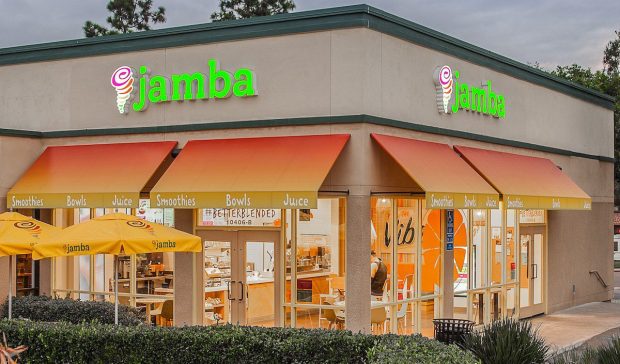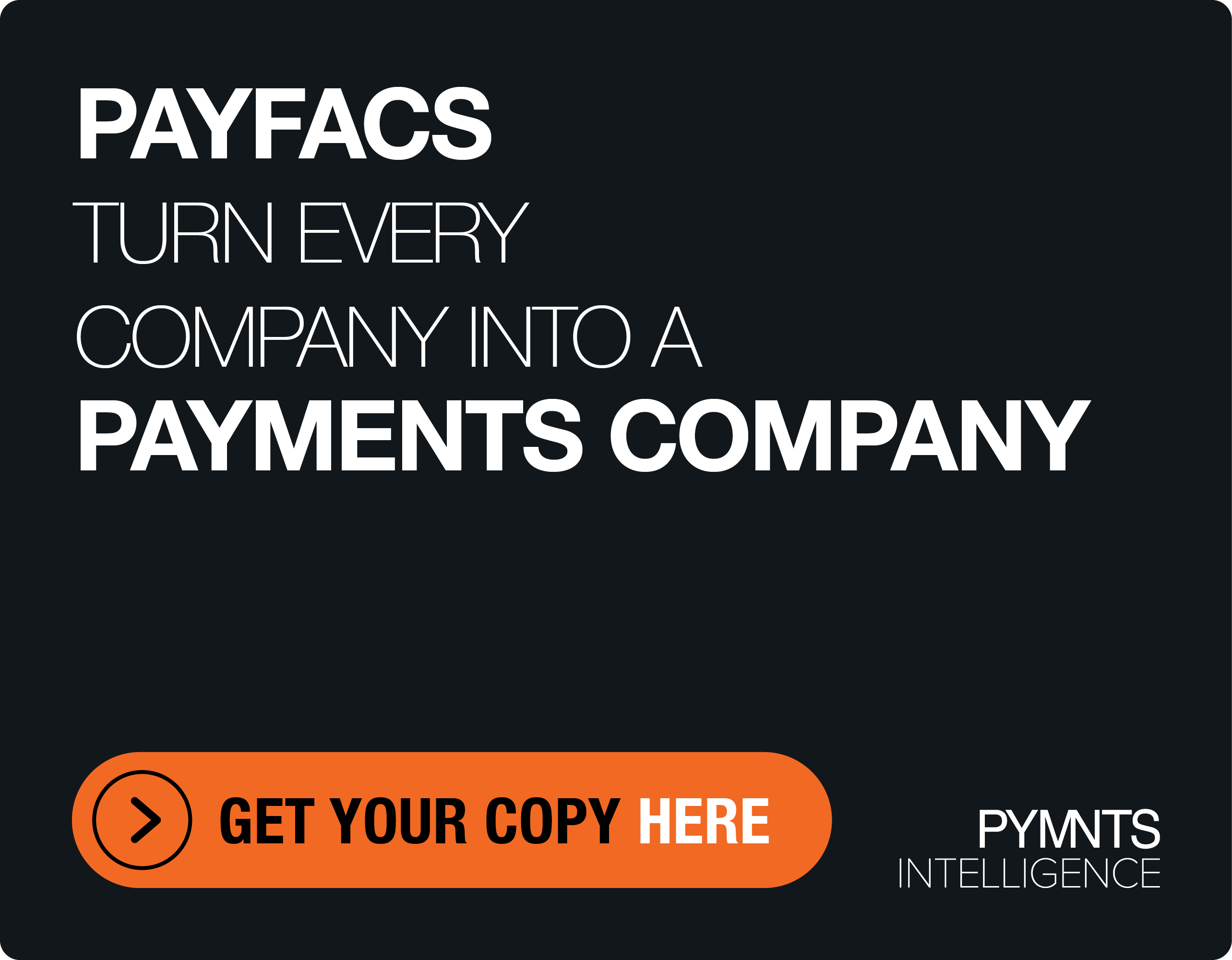Restaurant Brands Offer Predictive Customization to Engage Loyalty Members

As more and more restaurant brands debut rewards programs or update their existing ones with next-generation features, the race to secure consumers’ loyalty is becoming even more competitive.
It is no longer enough for restaurants to offer free or discounted items in return for repeater purchases; now, they need to provide a unique rewards structure that stands out from the crowd and/or a personalized experience that appeals to members’ individual needs.
For Jamba, a Focus Brands-owned smoothie and juice restaurant chain with 850 locations across six countries, personalization is key to building loyalty, as Vice President of Marketing Danielle Fisher told PYMNTS in an interview.
“Within lots of different restaurants, they’re driving toward more loyalty acquisition, and they really want their guests to be able to experience their brand digitally and across all different platforms, and that’s how Jamba sees it too,” she said. “Loyalty is … great because it gives them more access to our digital platforms, and we also … [can create] more segmented offers, so that … we’re able to deliver the types of awards that our guests are most engaged with and make them feel the most valued.”
According to data from PYMNTS’ April study, “The Digital Divide: The Key Factors That Drive Restaurant Choice,” created in collaboration with Paytronix, loyalty programs are the top digital priority for about one in eight restaurant customers. Specifically, the study, which drew from a survey of more than 2,600 United States adults, found that 13% of consumers said loyalty features were the most important technology that would encourage them to order from a given restaurant.
Read more: From Outdoor Seating to Touchless Payments, Dining Habits Are Changing
The in-Group Effect
One way to keep consumers engaged, Fisher said, is by providing a sense of exclusivity with initiatives such as special prices for loyalty members, early access, birthday rewards and members-only menu items.
These kinds of rewards program initiatives can reach a considerable share of restaurants’ total customer base. Research from the March/April edition of the Digital Divide report, “The Digital Divide: Regional Variations in U.S. Food Ordering Trends and Digital Adoption,” also created in collaboration with Paytronix, found that 30% of all consumers use loyalty programs.
See more: New Research Shows That Regional Dining Quirks Matter in Tailoring Restaurant Offers
That share jumped up to 35% for consumers in the Pacific region (California, Oregon, Washington, Alaska and Hawaii) and 33% for those in the Northeast (Maine, New Hampshire, Vermont, Massachusetts, Connecticut, Rhode Island, New York, Pennsylvania and New Jersey).
Getting Granular
Fisher said she believes that, as restaurants become more able to analyze consumers’ behavior with artificial intelligence (AI), they will become better at understanding “what the consumer wants and needs.” As such, while the trend toward customization will continue, she predicted that it will become less a matter of consumers manually inputting their choices and more a question of restaurants’ digital platforms’ predictive capabilities.
Indeed, customized menus are a motivator for a significant share of rewards program members, although certainly not the majority, according to additional research from the March/April Digital Divide study. The report, which drew from a February survey of more than 2,500 U.S. adults, revealed that about seven in 10 loyalty users cited the availability of free food as an advantage to using rewards programs, and 55% said the same of customized coupons or discounts, while a smaller but far from negligible 30% share of consumers were motivated by the ability to have the menu customized based on their preferences.
The Future of Loyalty
Looking ahead to the strategies that will be successful down the line, Fisher predicted that gamification will play a central role in setting loyalty programs apart. Additionally, she said she thinks technologies that are in their early stages, such as facial recognition, may play a role.
However, one strategy that she said she believes will not be as important as some people think right now is the subscription model.
“I think [a] trend that is over-hyped is subscription services to specific products,” she said. “While I don’t think the subscriptions will go away, I also don’t think that they will unlock the exponential growth that we are seeing now.”
She predicted that, as more restaurants put forth their own subscription offerings, demand may not be enough to sustain all of them.
On the other hand, data suggest that one benefit that subscription offerings can provide for restaurants is that they can boost loyalty. Research from the February/March edition of the Digital Divide series, “Digital Divide: Restaurant Subscribers and Loyalty Programs,” found that restaurant subscribers are significantly more loyal than their non-subscriber counterparts.
Read more: Four in 10 Consumers Open to Restaurant Subscription Services
The study, which drew from a December survey of more than 2,000 U.S. adults, found that restaurant subscribers are nearly twice as likely to use restaurant loyalty programs as nonsubscribers are, and 78% of subscribers consider themselves very or extremely loyal to their preferred quick-service restaurants (QSRs), compared to 55% of the population overall.
Still, with more and more restaurants entering the space, Fisher predicted that it will be harder for any one offering to stand out.
“Some guests that seek variety could tire of such subscriptions,” Fisher said. “The restaurants that will win with consumers will find the right item that drives engagement with their guests and keeps them coming back.”
